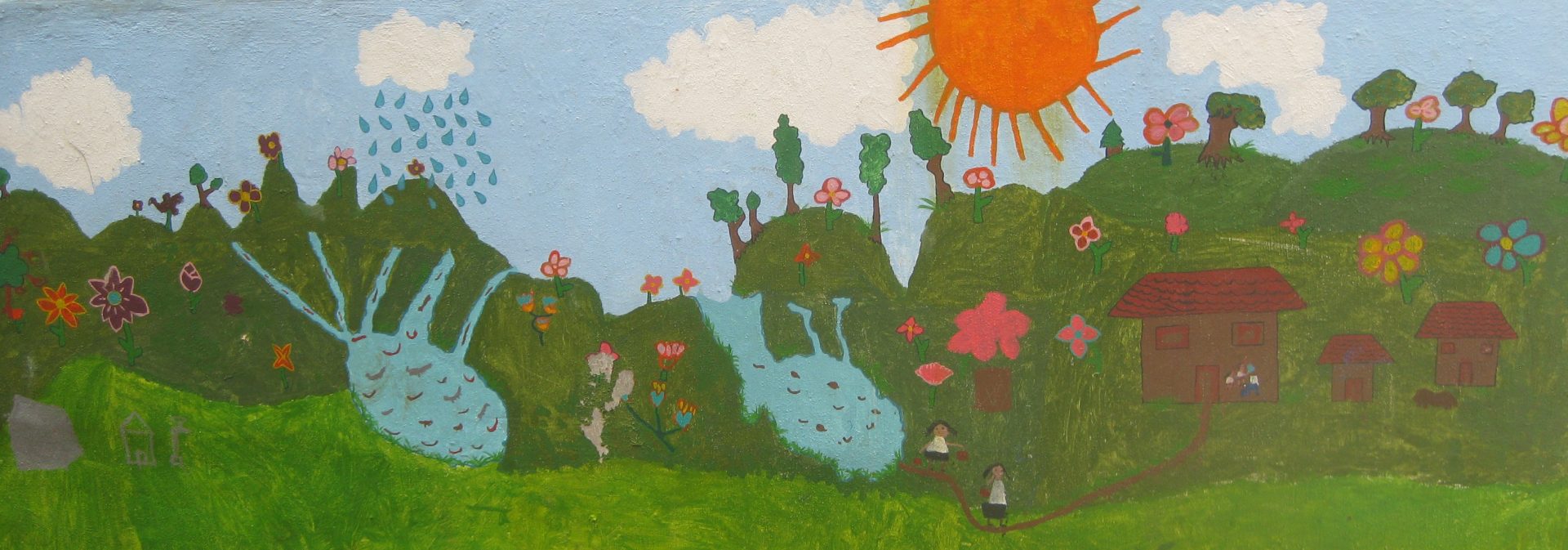Why hello everyone! I am pleased to inform you that we had a smooth trip back the the States (no missed flights!), and our only inconvenience was U.S. customs — no shocker there. Here are some photos I took from the plane into Mexico City (left) and leaving Mexico City (right).
- Mexico City as far as the eye can see
- The sunset on our flight out of Mexico
Since we got back from Mexico last week, I have had time to reflect on what I have learned from this trip. I think the biggest takeaway I have is the “softer” aspects of engineering. We didn’t do technical calculations and coding on the trip like we had learned in class. Instead, we checked our whether the issue with rainwater was due to a true difference in taste or whether it was physiological. We tested whether the prototype I had brainstormed would be practically used in the field. We shot down brainstormed ideas because it was too complicated, to costly, or because it would not be used as intended.
Creativity and technical ability certainly play a role in engineering design — however they are useless if assumptions are not checked, the need is specifically identified, and the design is practical and incredibly easy to use.
For example, in one of my engineering classes, my team designed a biosensor to detect different concentrations of phenol (an environmental pollutant). As requested, we did background research on different genes, came up with mathematical models for our biosensor, and presented our final biosensor to the class. However, we never bothered to check whether the design was really needed in the market. We didn’t gauge whether it would be too costly for it to be practically used. We didn’t research the target market to see what they really wanted. All things that could dramatically change an engineering design. Of course, that was not the point of the project. However, I do believe that such practicality should be kept in mind throughout our engineering education. Our trip to Mexico certainly taught that lots of capital that could go to waste if assumptions are not properly checked prior to prototyping.
It’s so easy to create a design that works — getting people to use it is the hard part.
I want to thank Cantaro Azul for all of the hospitality and knowledge during this trip. We learned so much, and I hope that our visit is just as helpful to them as it was to me. I especially want to thank Sinead, who was a wonderful friend and mentor to us. I also want to thank Hector for his help and enthusiasm. P.S. Rotceh is just adorable. I have included one of my favorite photos of our final day here, in which Rotceh is the star.
Thank you all for sticking with us the entire trip and reading along. We hope you found it both interesting and insightful.
Signing off,
Horatia



